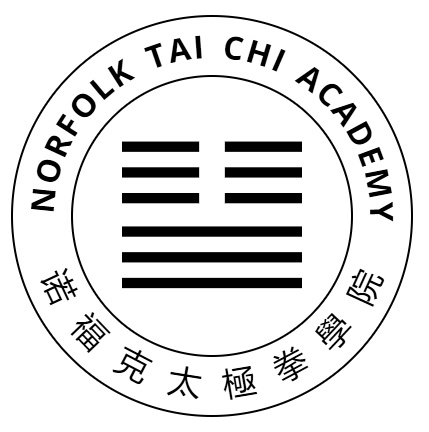What does 太 極 ,Tai Chi, actually mean?
The second character, 極 (chi), originally depicted the ridgepole of the roof of a simple house. The two ends of the ridgepole are opposites: the implication is that we are separating opposite energies, which in Chinese are called yin and yang, like the plus and minus on a battery.
太 (tai) means the greatest – the most extreme. In other words, Tai Chi literally means the maximum separation of and : the condition of the highest possible energy, like a battery with the highest possible voltage, or the tallest possible waterfall. However Tai Chi is more than this: it’s a philosophical idea about the proper harmony and relationship between such opposites.

This idea is depicted in the Tai Chi diagram or which shows the harmony of (dark) and (light) energies which nestle against one another like a pair of fish (note that Chinese culture doesn’t apply a pejorative connotation to darkness or to the colour black). The diagram shows this relationship as a cyclic alternation (imagine the image rotating), changing endlessly into , and into .
For the Taoists (a philosophical school associated with Tai Chi), such cyclic change was the nature of the universe and this harmonious relation between opposites was the great ideal, hence the phrase Tai Chi: The Supreme Ultimate.
